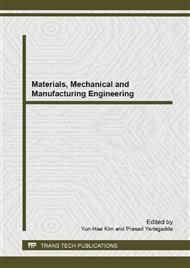p.768
p.773
p.777
p.782
p.788
p.792
p.796
p.801
p.805
The Evolution and Discriminate Analysis of the SPT Discrimination Methods in Code of Seismic Design of Building in China
Abstract:
By collecting the China mainland liquefied survey record, analyzed the constitution of the SPT data. Have an in-depth understanding of the SPT liquefaction discrimination model in the Code of Seismic Design of Building in China. Reviews the development and evolution of the discrimination formula in the seismic code, and analyzed the results of the methods adopted in seismic codes of different versions by liquefaction survey data in mainland China, then discuss the reliability and feasibility of the current code. Eventually provide support for the amendments to the specification liquefaction method of our country.
Info:
Periodical:
Pages:
801-804
Citation:
Online since:
November 2013
Authors:
Price:
Сopyright:
© 2014 Trans Tech Publications Ltd. All Rights Reserved
Share:
Citation:


